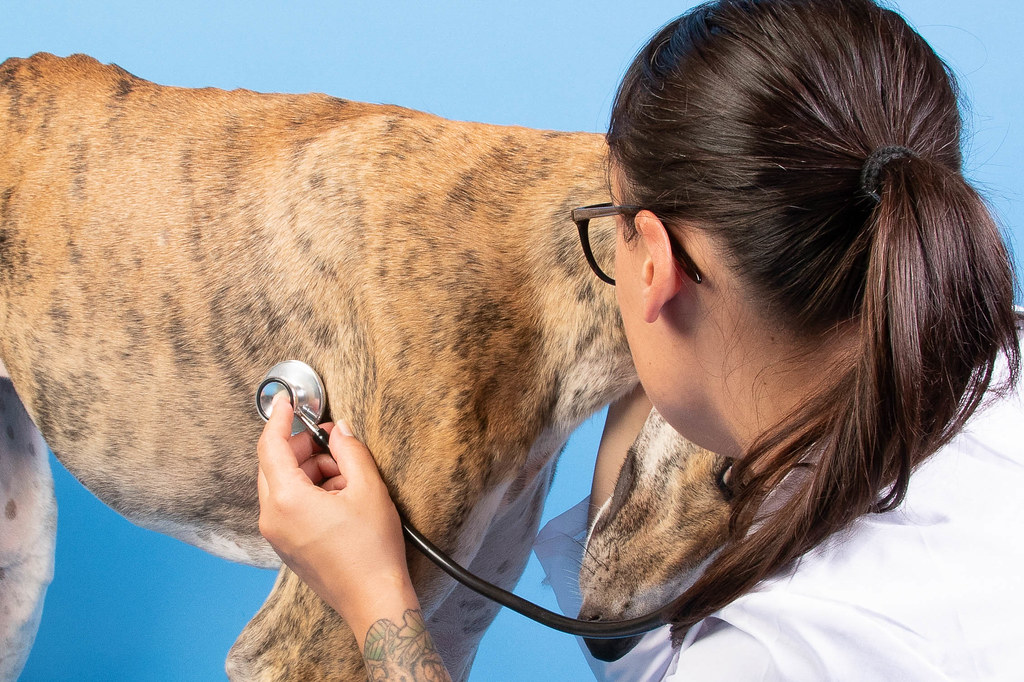Since its global debut at the start of 2020, the COVID-19 pandemic has simultaneously posed an exhausting challenge and sparked remarkable innovation worldwide. In no field is this more evident than vaccine development.
Over the last several months, healthcare researchers from all around the globe have collectively adopted a goal that would have seemed laughable only a few years ago: to produce a safe and effective vaccine within two years. According to recent reporting from the New York Times, there are currently more than 165 vaccines against the coronavirus in development globally, 31 of which are already undergoing human trials.
But vaccine effectiveness is not the only variable under examination in these trials; in many ways, the cutting-edge technologies that have allowed us to accelerate vaccine development is also being tested. Key among these is advanced genomic epidemiology, which has proved to be a boon in fast-tracking vaccine research and development.
Conventionally, researchers created vaccines by growing weakened viruses in chicken eggs or mammalian and insect cells, then extracting any necessary pieces. It often takes four to six months for vaccine developers to obtain the correct antigens for common viruses that mutate annually, such as the flu. For entirely novel germs, the process can stretch on for several years.
As one might expect, this approach doesn’t readily lend itself to managing a pandemic, nor does it align with the hoped-for 2021 deadline. As a result, researchers have turned en masse to gene-based vaccines, which tend to have a quicker turnaround period. According to recent analysis from Scientific American, the majority of the vaccines in development in April were gene-based, as opposed to being conventionally egg-grown.
At this point, it may be worthwhile to distinguish the two modes of development. Gene vaccines are a relatively new development in immunotherapy practice. In this approach, one or more genes that encode a pathogen’s proteins are delivered, rather than a weakened or inactivated viral organism.
As researchers Indresh K. Srivastava and Margaret A. Liu once explained in an article for the Annals of Internal Medicine: “Gene vaccines make use of advances in immunology and molecular biology to more specifically tailor immune responses (cellular or humoral, or both) against selected antigens […] The goal of this approach is to generate immunity against diseases for which traditional vaccines and treatments have not worked, to improve vaccines, and to treat chronic diseases.”
Reporting from Scientific American suggests that commercially-produced gene vaccines may be available for limited emergency or compassionate use as soon as early 2021. This is much faster than conventional development — and, notably, far outperforms the expectations researchers held for gene-based vaccines only a few years ago. Take the Ebola response as an example; even after being fast-tracked, it took five years for a gene-based vaccine to pass widespread trials.
“Technology has improved drastically, so now we have sequencing methods that are so much faster and reliable than what we had 10 years ago,” Francois Balloux, a computational biologist at University College London, recently told Chemical and Engineering News. His perspective carries the weight of experience; in 2009, Balloux studied the H1N1 virus and struggled to gather conclusive findings from 11 partial H1N1 sequences.
Gene-based vaccines have tremendous potential to quickly produce a viable COVID-19 vaccine; however, it is worth noting that extended trials may drag on well beyond the anticipated early-2021 mark. Researchers and consumers alike should temper their timeline expectations — though some optimism is certainly warranted, given the projects underway.
In New England, one such initiative is in-progress and hopes to deliver a readily-manufacturable, gene-based vaccine by the end of 2021. Jointly conducted by Massachusetts General Hospital and Massachusetts Eye and Ear, this program hopes to leverage a novel adeno-associated virus (AAV) vector to deliver genetic sequences of the COVID-19 spike antigen.
Though the pandemic only began in late 2019, the research for this vaccine goes back over a decade. The novel AAV used in this study was first developed by Dr. Luk H. Vandenberghe, an ophthalmologist and molecular bioengineer who was researching gene therapy at the University of Pennsylvania at the time of discovery. Because the AAV incited a strong immune response, it was unsuited to Vandenberghe’s immediate gene therapy research but potentially ideal for vaccine development.
There are several advantages to using an AAV approach when developing a gene vaccine for COVID. Manufacturers are already accustomed to working with AAV-based drugs and have the capacity and experience necessary to scale up production quickly; all it would require is a focusl switch from AAV gene therapies to AAV vaccines.
Moreover, AAV is also adaptable and well-suited for adjusting to disease mutations. Unlike conventional development techniques, which might require months of retooling in the event of variation, updating the genetic code within an AAVCOVID vaccine would only take a few weeks.
The vaccine is still in development; however, it will undergo its first clinical trial at Massachusetts General later this year and holds plenty of promise.
If recent vaccine advancements have demonstrated anything, it would be that the COVID-19 challenge will compel the global health community to innovate and expand. The next few months could prove instrumental in setting a new standard for gene-based vaccine development.






